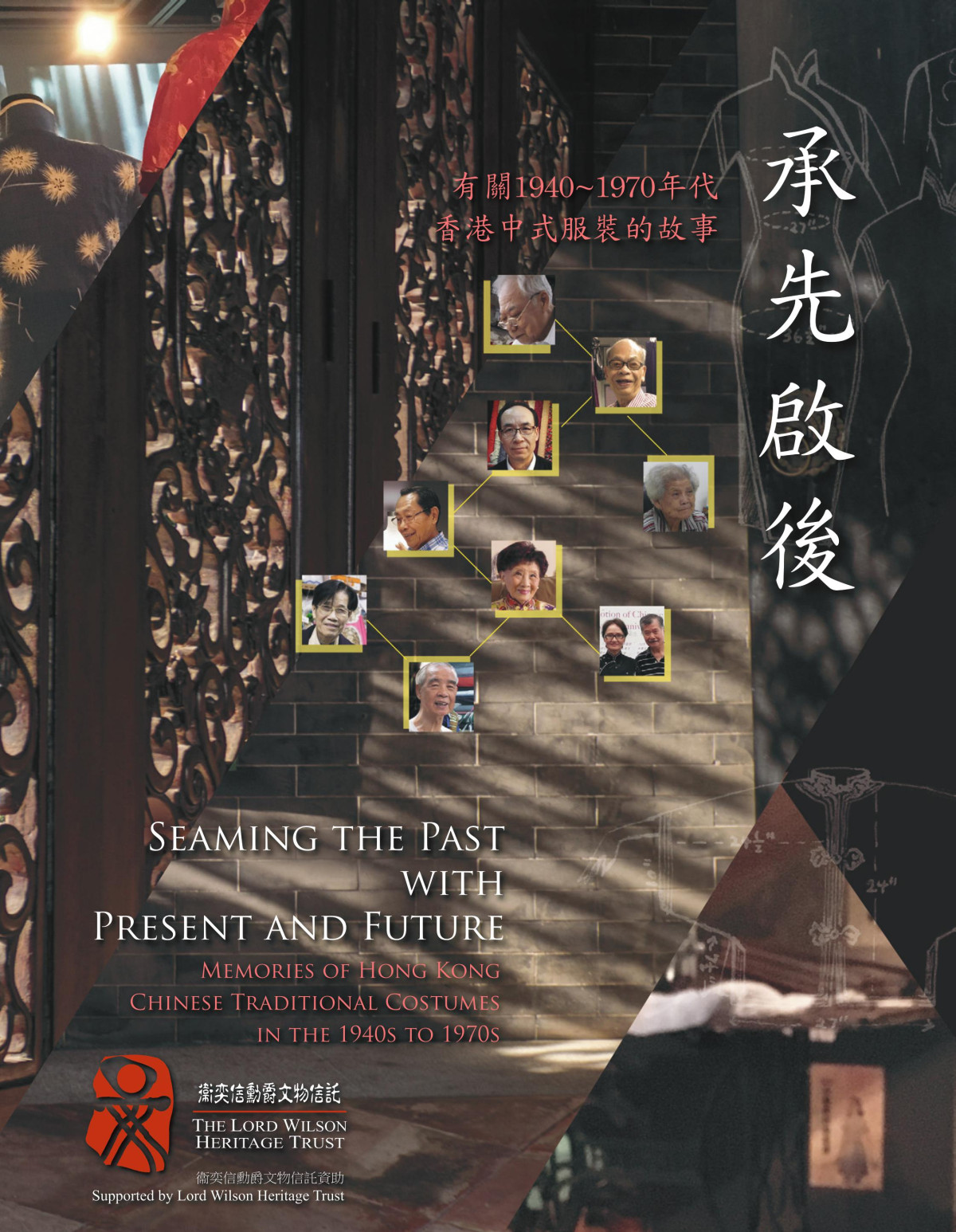

Most ebook files are in PDF format, so you can easily read them using various software such as Foxit Reader or directly on the Google Chrome browser.
Some ebook files are released by publishers in other formats such as .awz, .mobi, .epub, .fb2, etc. You may need to install specific software to read these formats on mobile/PC, such as Calibre.
Please read the tutorial at this link: https://ebookbell.com/faq
We offer FREE conversion to the popular formats you request; however, this may take some time. Therefore, right after payment, please email us, and we will try to provide the service as quickly as possible.
For some exceptional file formats or broken links (if any), please refrain from opening any disputes. Instead, email us first, and we will try to assist within a maximum of 6 hours.
EbookBell Team

5.0
110 reviewsIn this international city of Hong Kong,
people follow Western-style fashion and are never slow in catching up with the
trend. In the past, however, most people wore Chinese-style clothes that were
handmade. It was starting from the1970's when western dress style became popular
and clothes making became an industry that lesser people dress traditional
Chinese costumes. What exactly has changed in the evolution process of the
dress style of Hong Kong people in the past century? It is hard to find
structured records on the development of
Chinese traditional costumes in Hong Kong.
While we can still find traces of the dress style of that time from old photographs
or Cantonese films, however,records on the culture and craft of Chinese
traditional costumes are scarce. Dress making must go through the process of
fabric cutting and then stitching. The craft involved is particularly crucial. Ten
persons closely related to Chinese traditional costumes have been invited to
participate in this oral history programme. Though the number is relatively small,
our participants are highly representative: there are four tailors with two
each from the Kwongtung and the Jiangsu/Zhejiang provinces; there are three
males and three females who used to dress Chinese costumes as their daily wear;
and in terms of their place of birth, four are from Kwongtung, four from
Jiangsu/Zhejiang and two were born in Hong Kong.